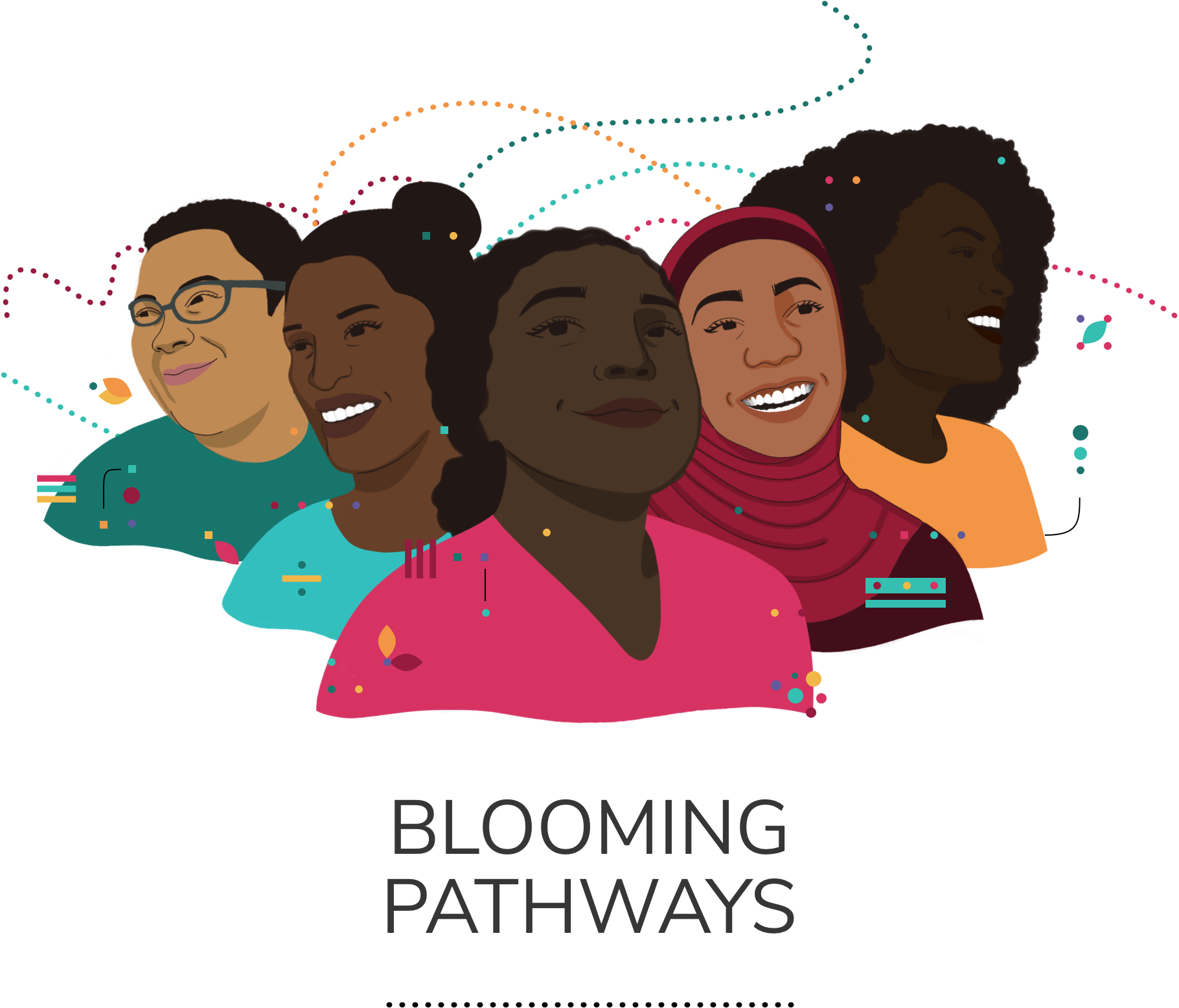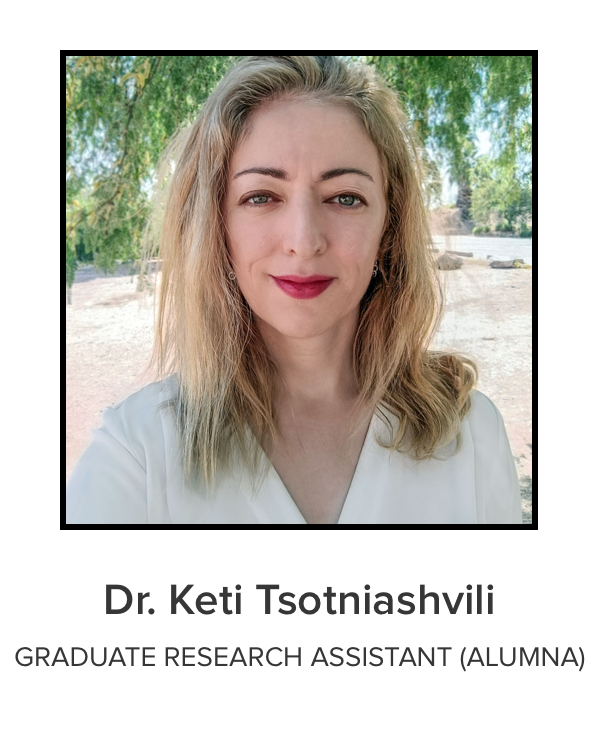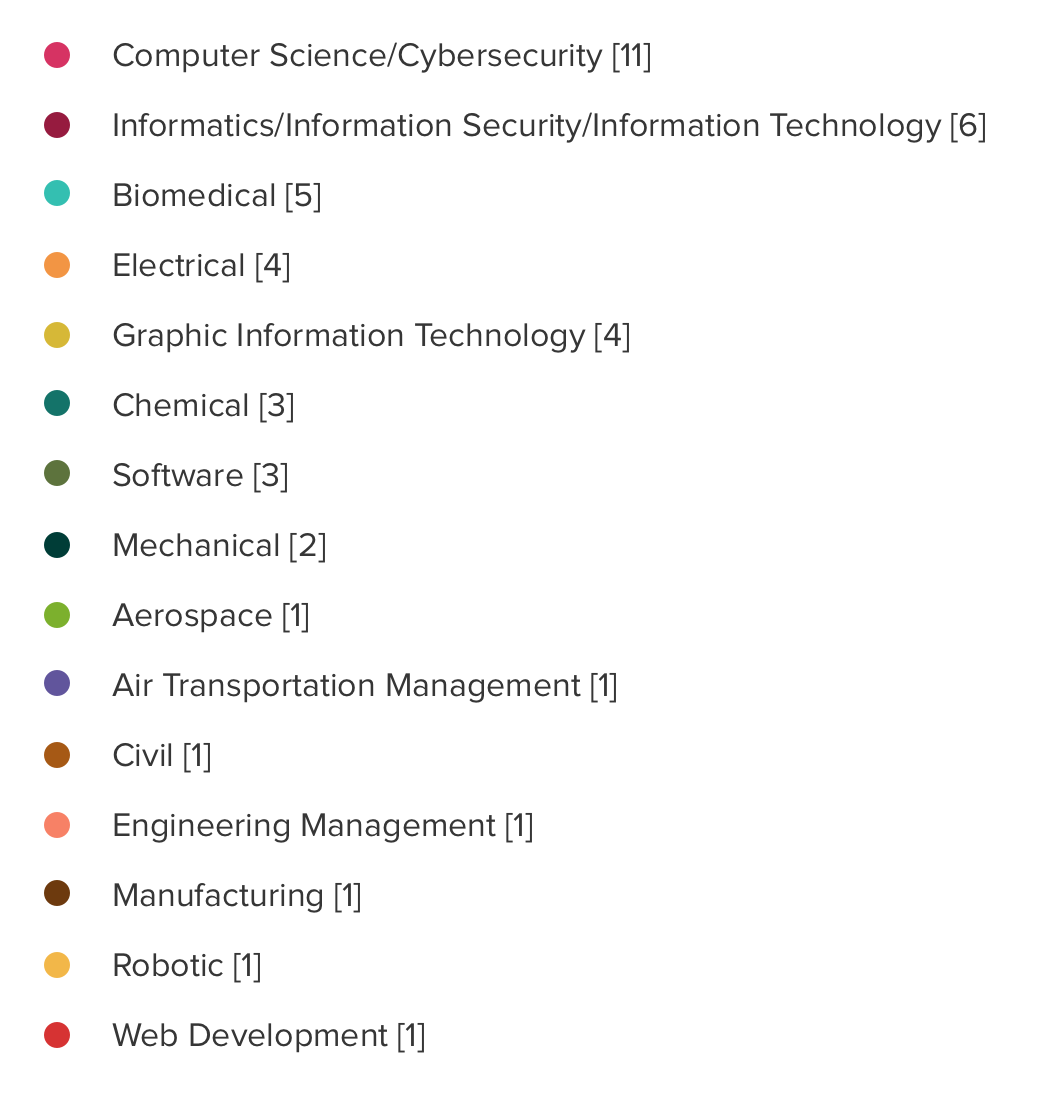A Basis for Understanding the Trajectories of Black Women in Undergraduate Engineering
Engineering is a discipline that shapes almost every facet of U.S. society—from infrastructure development and transportation to environmental sustainability and healthcare. Preparing a diverse population of college graduates is necessary for the vitality of the engineering workforce. During the past 40 years, there have been noticeable demographic shifts in the Black population of the United States. According to the Pew Research Center, the population of Black immigrants has grown by 71% since 2000 (Anderson & López, 2018). And while access to higher education has increased tremendously in recent decades, less than 1% of all Bachelor’s degrees in engineering are awarded to Black women (Roy, 2019). However, scholarship in the field of higher education has not adequately addressed the educational trajectories of undergraduate Black women in this field. This gap in the scholarship is concerning, considering the distinct social positioning of Black immigrant women (Labiran, 2020). In an effort to address this urgent gap in knowledge, this qualitative study is guided by two research questions: (1.) how do Black women describe their pathways in undergraduate engineering? and (2.) How, if at all, does being a first-generation/second-generation immigrant shape these pathways? Here, the research team summarizes our findings using a “Blooming Pathways” motif to capture the barriers, resources, and narratives of participants.
References
Anderson, M., & López, G. (2018). Key facts about black immigrants in the U.S. Retrieved from https://www.pewresearch.org/fact-tank/2018/01/24/key-facts-about-black-immigrants-in-the-u-s/.
Labiran, C. (2020). Our Stories and Visions: Gender in Black Immigrant Communities (Rep.). New York, NY: Black Alliance for Just Immigration.
Roy, J. (2019). Engineering by the numbers. In American Society for Engineering Education (pp.1-40).
This work was funded by: The Mary Lou Fulton Teachers College (MLFTC) Internal Grant Program, Arizona State University.
Our Team
Demographic Summary
Study Background
The qualitative study was conducted over the span of 5 weeks. The virtual format of our interviews allowed us to reach a broad group of women whose graduation year ranged from Fall 2020 to May 2024. In this group, there were both returning students and transfer students from community colleges and other institutions.
Gender, Race, and Immigrant Identity
Crenshaw (1990) explains that, for many oppressed people, “...identity-based politics has been a source of strength, community, and intellectual development” (p. 1242). In our study, we hypothesized that identity and oppression related to gender, race, and immigrant status shaped the lives of students. All interviewees identified as undergraduate Black women. In terms of immigrant status, 16 participants were first/second-generation immigrants, and the remaining 29 participants were not immigrants.
Crenshaw, K. (1990). Mapping the margins: Intersectionality, identity politics, and violence against women of color. Stan. L. Rev., 43, 1241.
Countries of Origin
Academic Majors Represented
Student Enrollment Type
Pathways
In this section, we synthesize the academic and professional experiences of the 45 Black women who participated in our study and present their narratives as five pathways. These pathways parallel the environment and attributes of five types of flowers: succulents, jacarandas, Hedgehog cacti, Ocotillo flowers, and desert sunflowers. We choose this motif because these pathways are useful as analytic categories, particularly in a visual and interactive medium. While complex human lives cannot be collapsed into metaphors, metaphors can help us condense qualitative data and start to identify patterns and structures. Moreover, this motif was a nod to the environment in which our university is located. As researchers at Arizona State University, an organization situated in the Southwestern United States and on the lands of the Akimel O’odham (Pima) and Pee Posh (Maricopa) Indigenous peoples, we have the privilege of being surrounded by a beautiful desert landscape. In our scholarly analysis, we drew inspiration from our surrounding physical landscape and mapped out our participants’ data onto five types of flowers found in the Sonoran Desert of Arizona. Finally, we reason that “Blooming Pathways” are a useful (albeit limited) metaphor to describe the lives of Black women in engineering because these students have managed to cultivate remarkable college experiences, despite structural barriers like racism, misogyny, xenophobia, and classism. We recognize that these structural systems of oppression cannot be overcome by resilience, grit, or sheer determination. Still, we recognize and acknowledge these students’ persistence and academic success, despite these challenges.
In order to learn more about our participants, please hover over each flower with your cursor and watch it bloom. Then, click on the button that says “Open Pathway” to learn about the students who are represented by each category, as well as some excerpts from participant interviews. Please note that all names used here are pseudonyms.


The Succulents Pathway: Well Resourced and High Performing Engineering Students
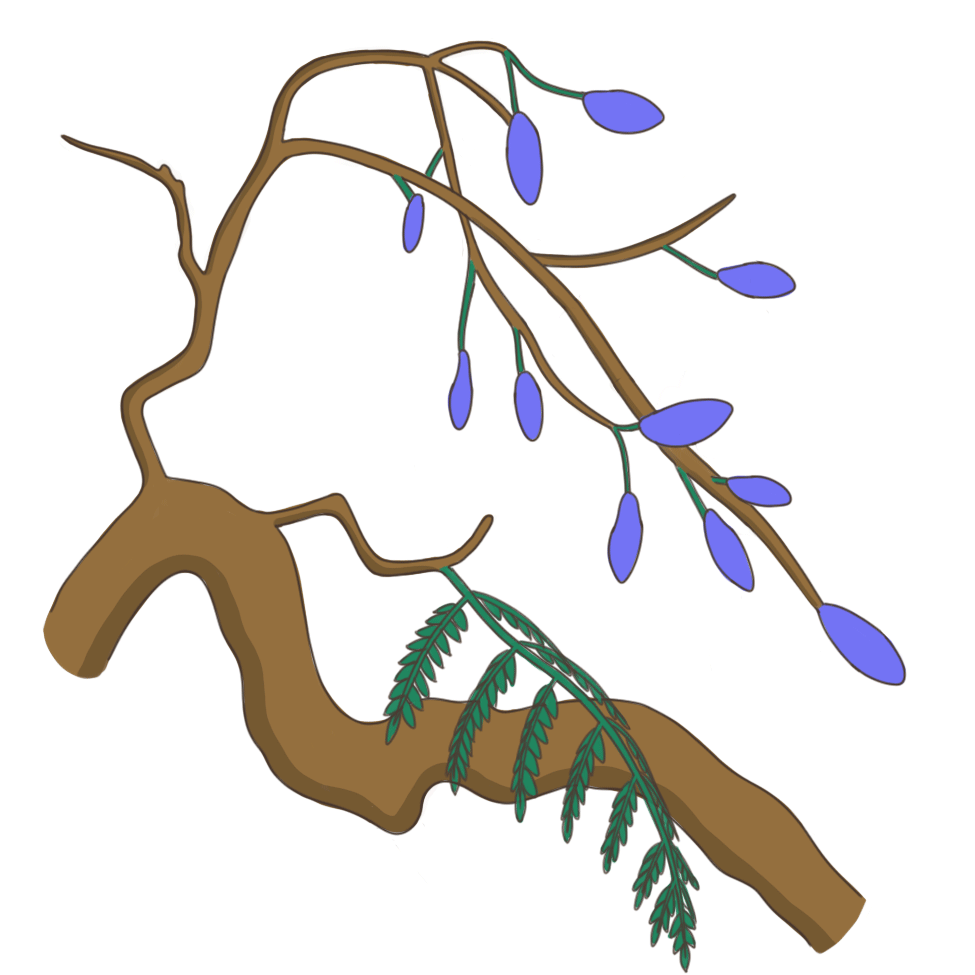
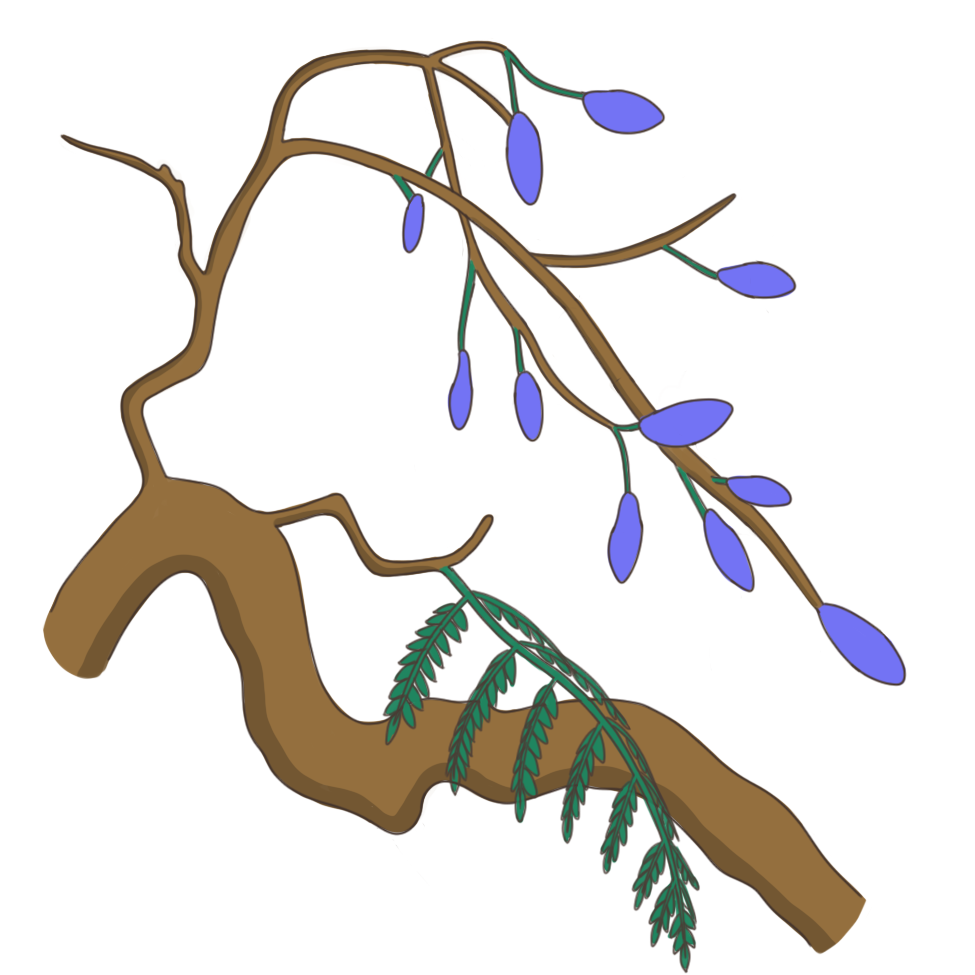
The Jacarandas Pathway: Under Resourced and High Performing Engineering Students
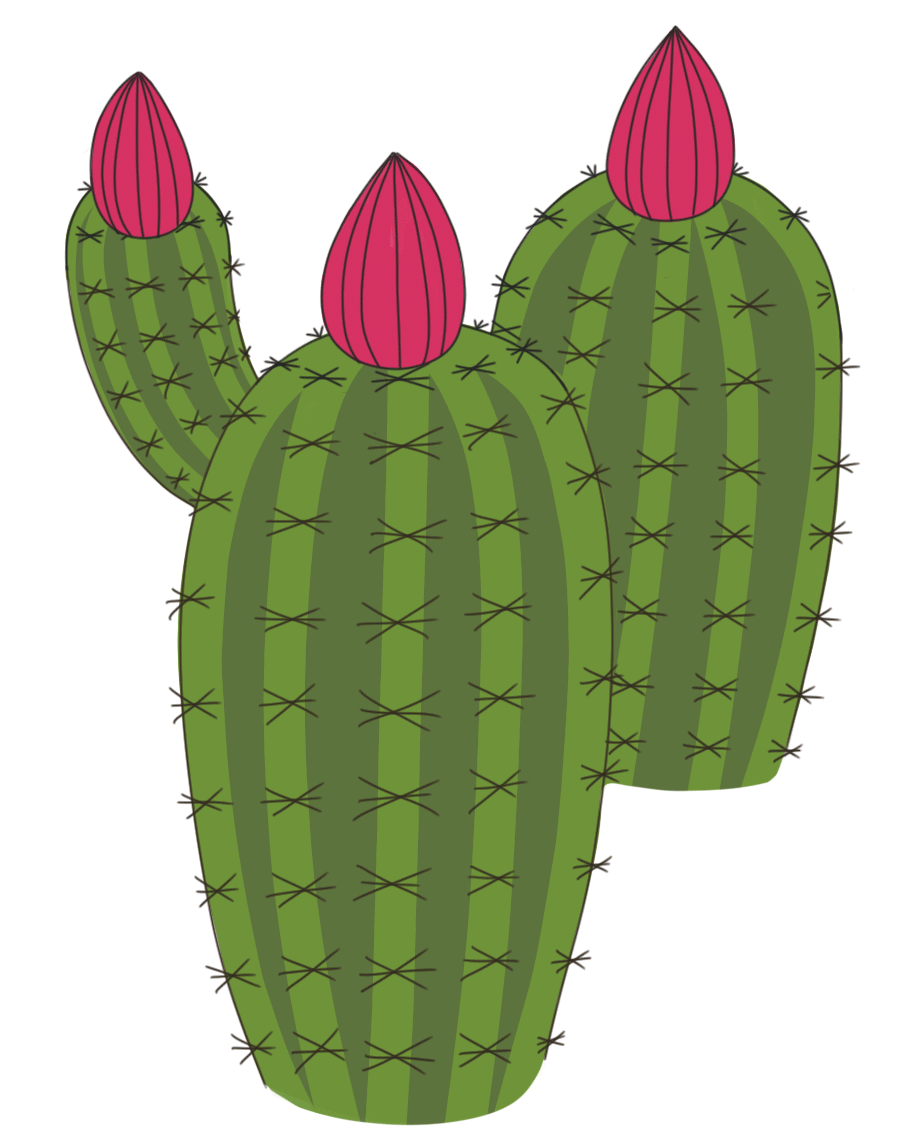
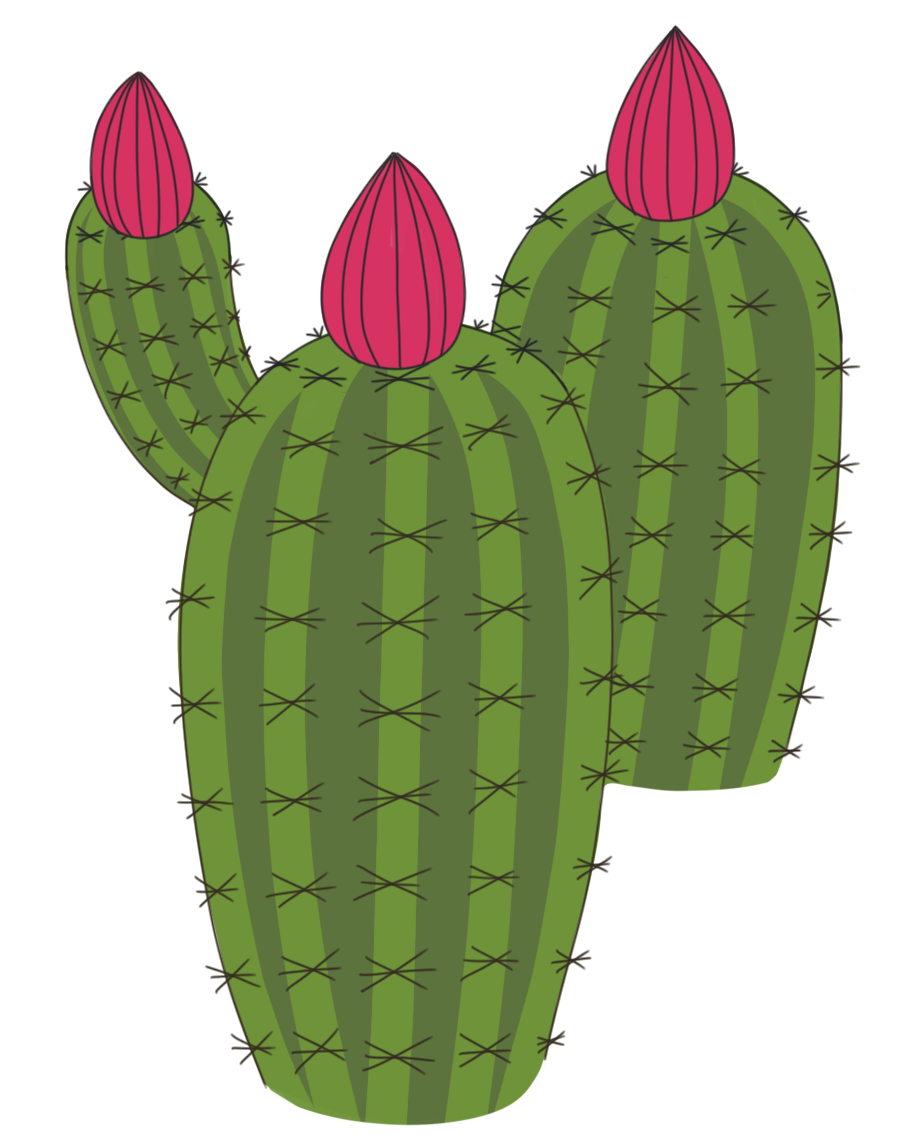
The Hedgehog Cactus Flowers Pathway: Students with an Unconventional Route to Engineering
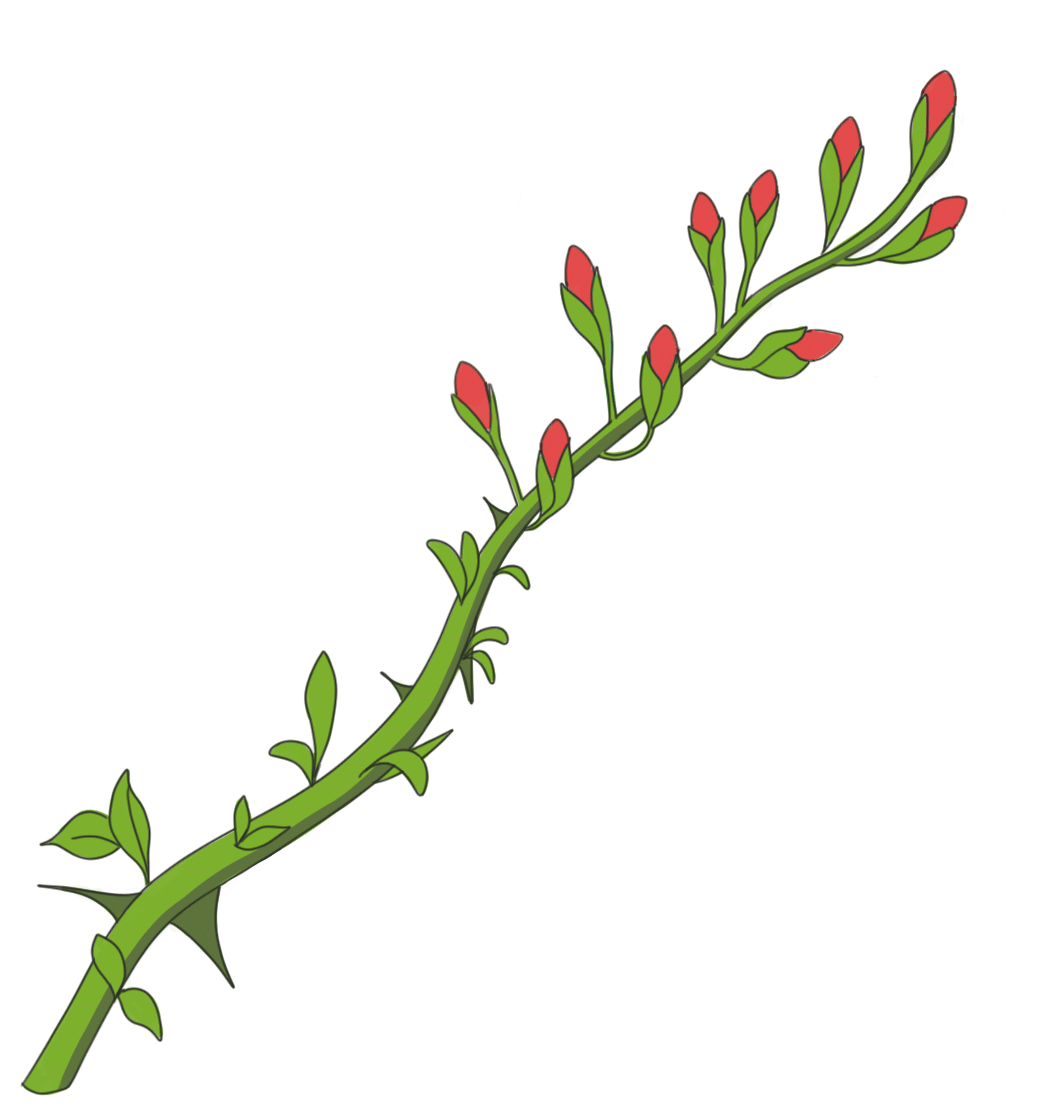
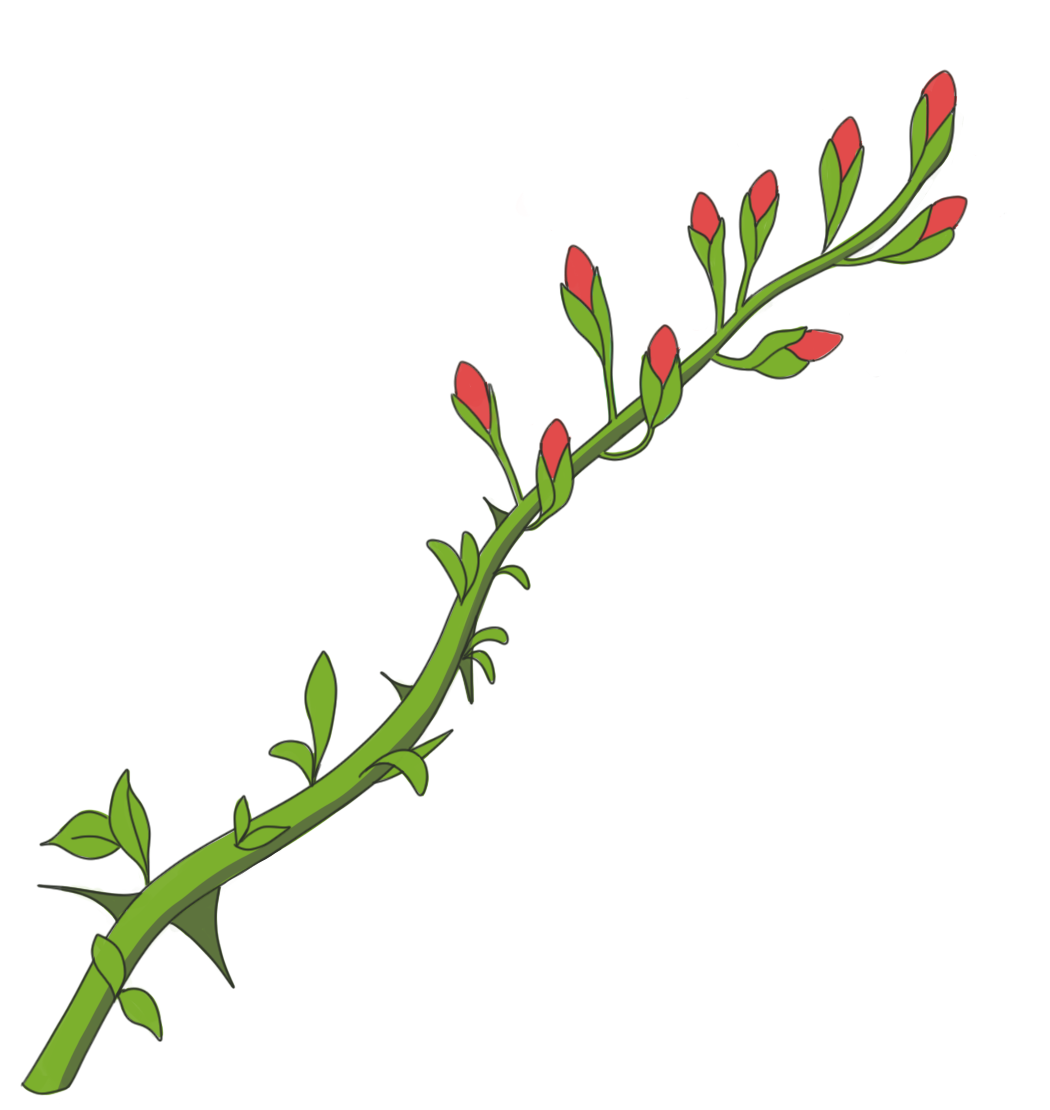
The Ocotillo Flowers Pathway: Students with Competing Responsibilities Outside of Engineering
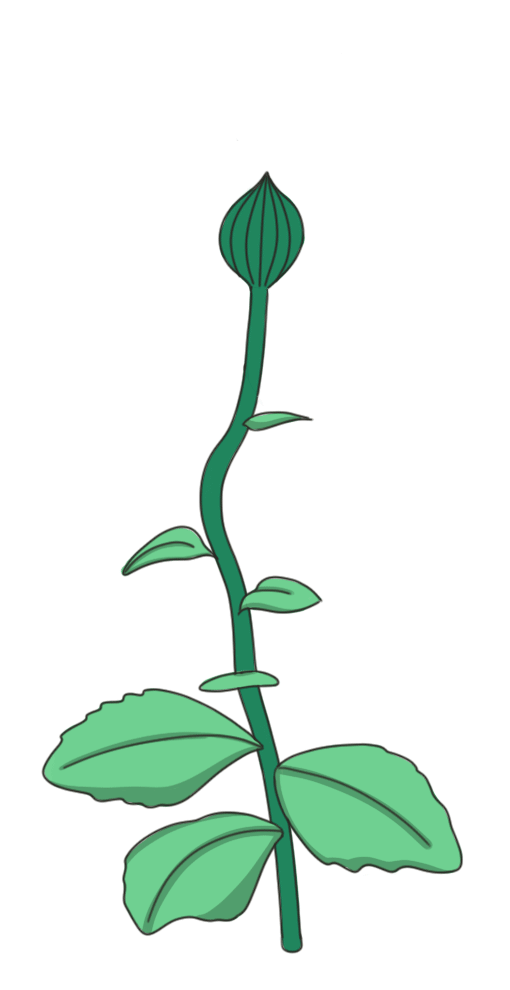
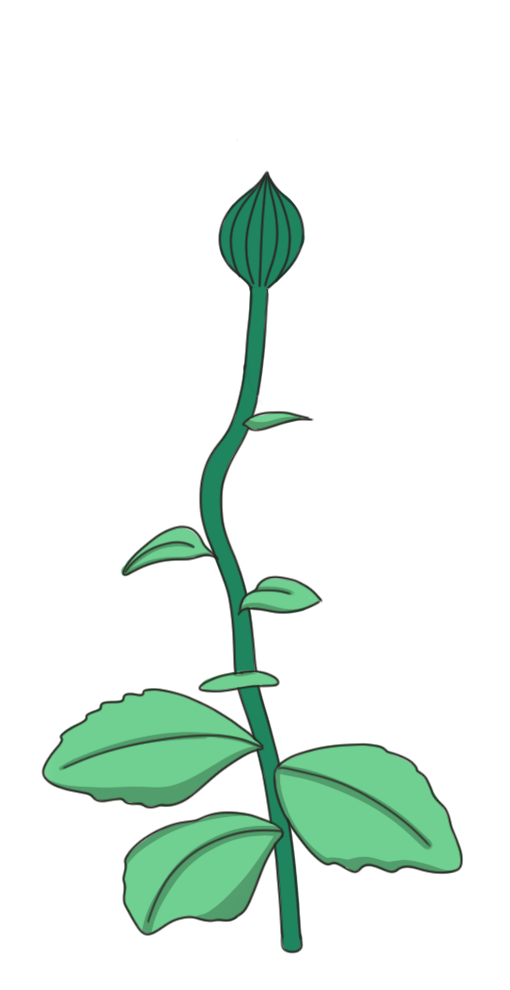
The Desert Sunflowers Pathway: Under-Resourced and Under-supported Engineering Students.
Webpage design and illustrations by Naily Nevarez
References
Bothello, J., & Roulet, T. J. (2018). The imposter syndrome, or the mis-representation of self in academic life. Journal of Management Studies, 56(4), 854-861.
All descriptions of flower species came from:
Encyclopaedia Britannica (https://www.britannica.com/)
The Jepson Herbarium University of California, Berkeley (https://ucjeps.berkeley.edu/)
The University of Florida, Institute of Food and Agricultural Sciences (https://edis.ifas.ufl.edu)
The U.S. Forest Service (https://www.fs.fed.us/)
The U.S. Geological Survey (https://www1.usgs.gov/)
If you would like to learn more about this research, please visit Dr. Hailu’s Google Scholar page to review peer-reviewed publications that have been generated based on this work.
Copyright 2021 Meseret F. Hailu
